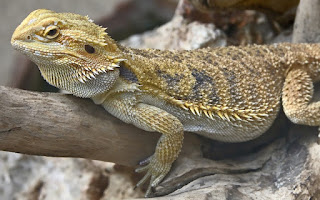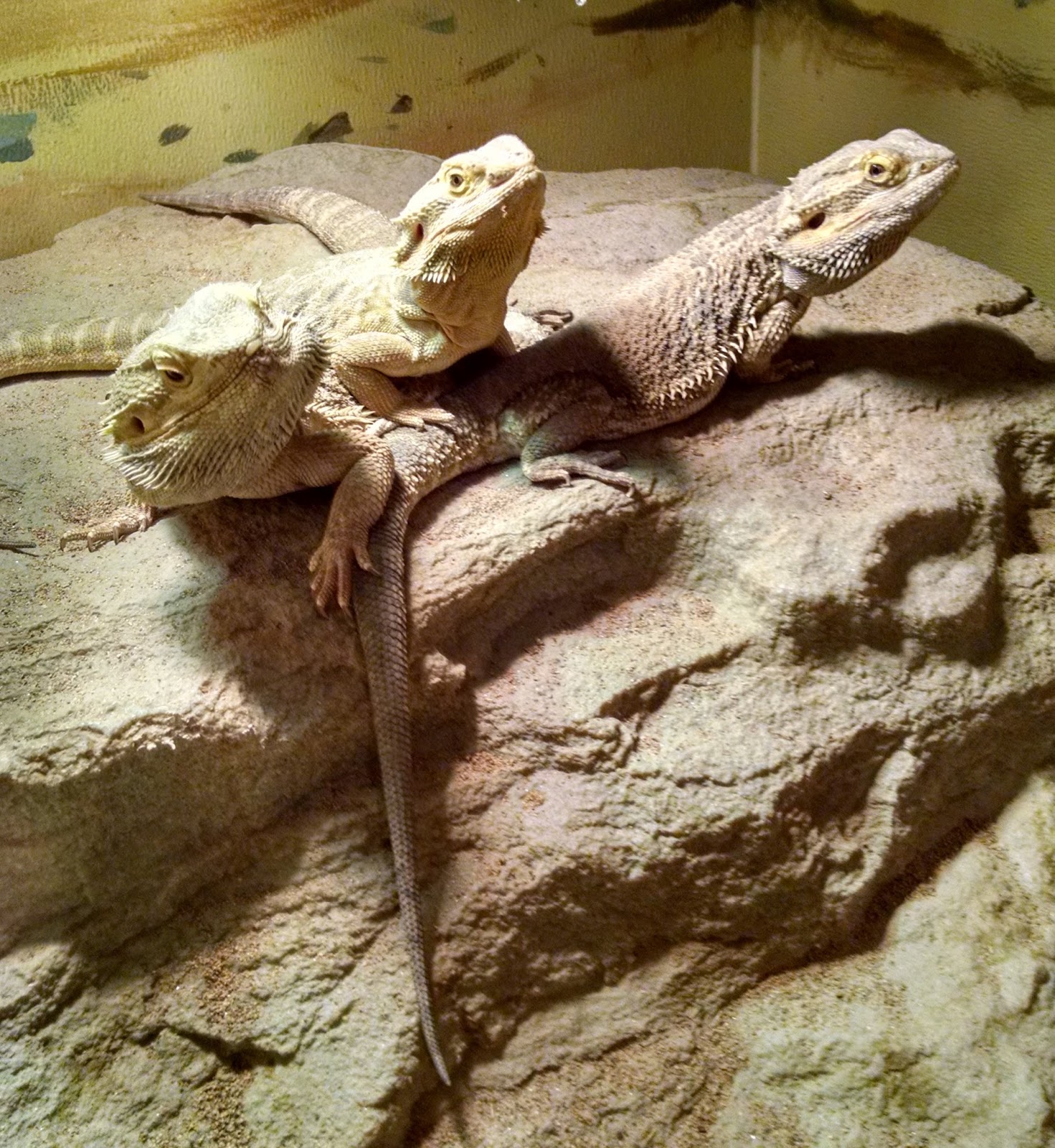The Ultimate Guide to Choosing Bearded Dragon Dirt Substrate
Introduction
Bearded Dragons are popular pets among reptile lovers. They are relatively easy to care for, but it is important to meet their basic needs to ensure they live a comfortable and healthy life. One of the most important aspects of bearded dragon care is their enclosure and the substrate you choose. In this guide, we will discuss everything you need to know about using dirt as a substrate for your bearded dragon.
What is Dirt Substrate?
Dirt substrate is a type of bedding material made from different types of natural soils. It is commonly used as an alternative to other substrates such as sand or paper towels. Dirt substrate can provide a more natural environment for bearded dragons, and it is also more comfortable for them to walk and dig in. However, choosing the right type of dirt substrate is crucial to avoid any issues that may affect your bearded dragon’s health.
Types of Dirt Substrate
There are different types of dirt substrate available in the market, each with its own advantages and disadvantages. Here are some popular types of dirt substrate that you can choose from:
Organic Topsoil
Organic topsoil is one of the most popular dirt substrates used for bearded dragons. It is made from natural soil that is free from chemicals or additives. Organic topsoil can replicate the natural environment that bearded dragons would encounter in the wild. It is also easy to find and affordable.

Play Sand
Play sand is also a popular choice for bearded dragon substrate. It is made from finely ground sand particles, and it is usually mixed with other types of substrates, such as organic topsoil, to improve drainage and prevent impaction. Play sand is also easy to find and affordable.

Clay-Based Substrate
Clay-based substrate, such as Terra Sahara or Red Desert, is a type of dirt substrate that is popular among reptile owners. It is made from clay, sand, and mineral-based ingredients. Clay-based substrate can retain moisture, helping to maintain humidity levels in the enclosure. However, this type of substrate can be dusty and messy, and it requires frequent cleaning.
Choosing the Right Dirt Substrate
When choosing a dirt substrate for your bearded dragon, there are several factors to consider. Here are some of the most important factors:
Moisture Retention
Bearded dragons require a certain level of humidity in their enclosure. Choosing a substrate that can retain moisture can help maintain the required humidity level. Clay-based substrates are known for their moisture-retaining capacity. However, if your bearded dragon is prone to respiratory issues, you may want to avoid clay-based substrates.
Drainage
Choosing a substrate with good drainage is essential to prevent the substrate from getting waterlogged. Organic topsoil and play sand are known for their good drainage properties.
Impaction Risk
Impaction is a common problem in bearded dragons that can occur when they ingest loose substrate, which can lead to intestinal blockage. To reduce the risk of impaction, you should avoid using substrates that are made from small particles or those that are easily ingested. Play sand can be mixed with other substrates to reduce the impaction risk.
Dustiness
Some substrates can be dusty, which can cause respiratory problems in bearded dragons. Clay-based substrates are known for their dustiness, while organic topsoil and play sand are less dusty.
Preparing the Substrate
Once you have selected the right dirt substrate for your bearded dragon, it is essential to prepare it before using it in the enclosure. Here are some steps to follow:
Sterilization
It is crucial to sterilize the substrate to remove any bacteria or parasites that may affect your bearded dragon’s health. You can sterilize the substrate by baking it in the oven at 250°F for 30-60 minutes.
Mixing
If you are using a mixed substrate, such as play sand and organic topsoil, you should mix the substrate thoroughly to ensure a uniform consistency. You should also add enough substrate to create a layer that is at least 3 inches deep.
Cleaning
Regular cleaning and spot-cleaning of the substrate are essential to maintain a clean and hygienic enclosure. You should remove feces and uneaten food as soon as possible to prevent the growth of harmful bacteria.
Conclusion
Choosing the right substrate for your bearded dragon is essential to ensure they live a comfortable and healthy life. Dirt substrate can provide a more natural environment for your bearded dragon to explore, but it is essential to choose the right type and prepare it correctly. By following the tips mentioned in this guide, you can ensure that your bearded dragon stays healthy and happy.
